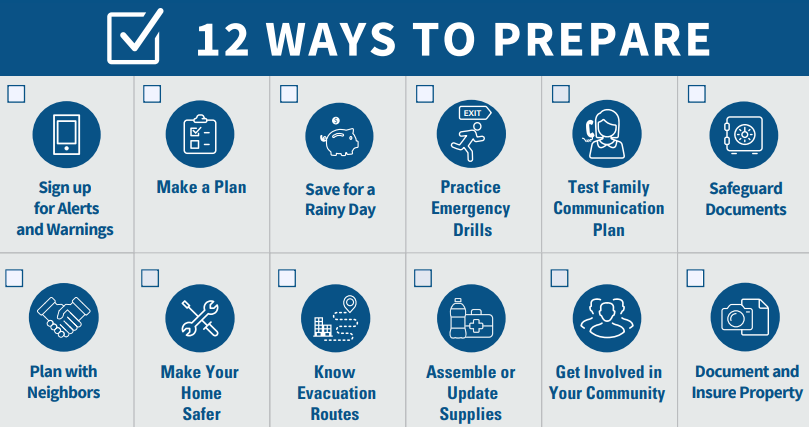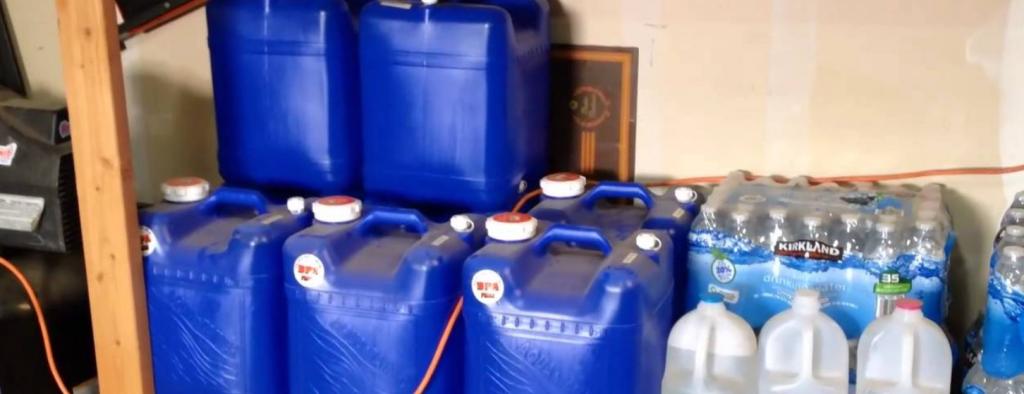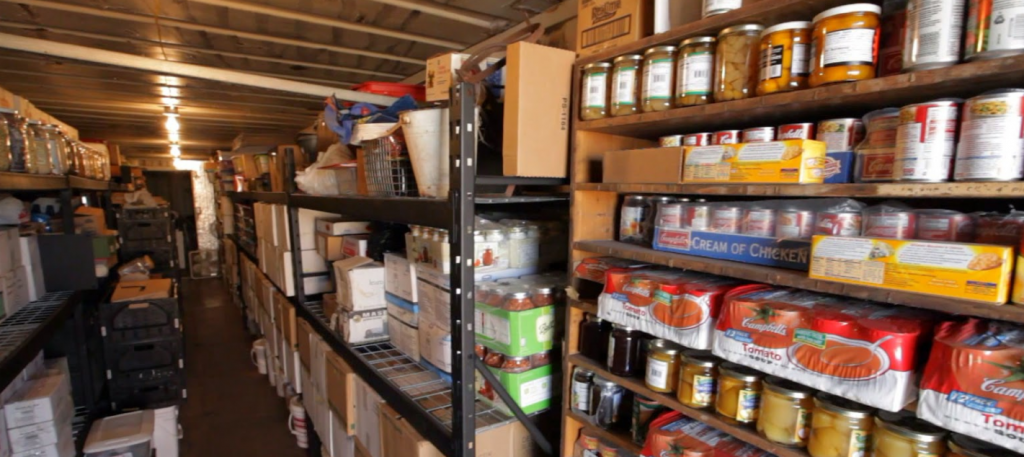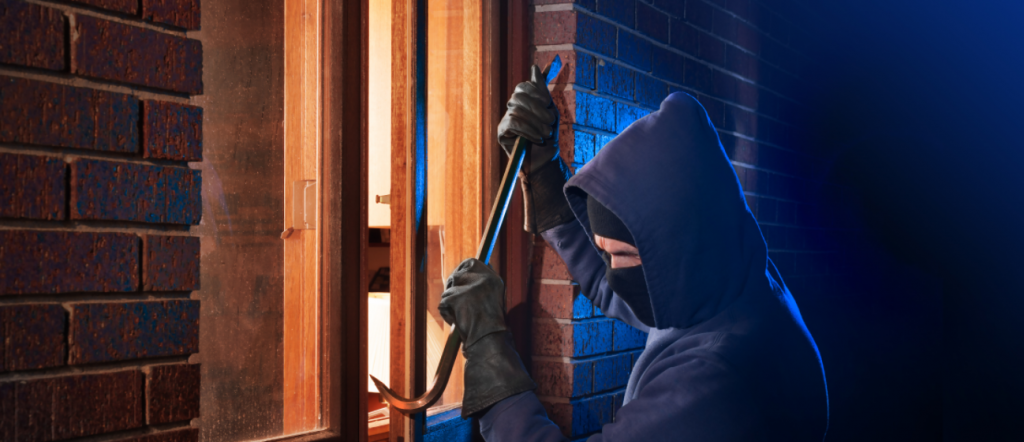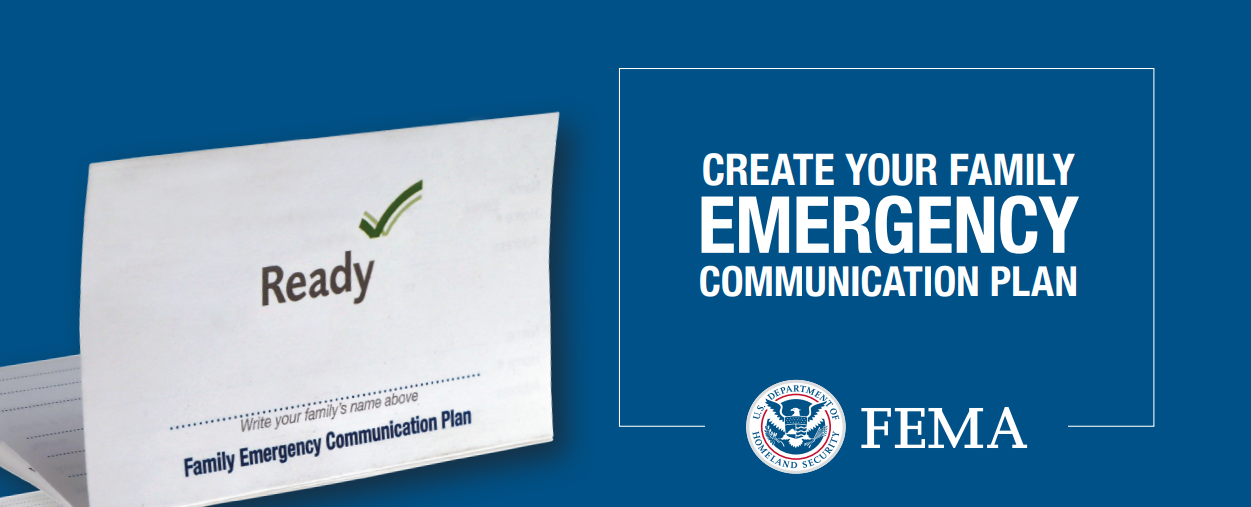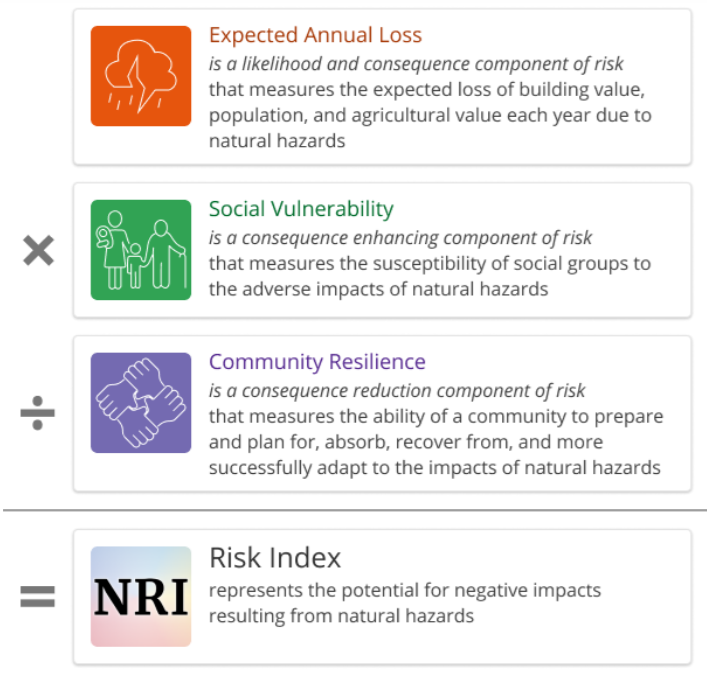Storytime by GenXTalkin
A lot of people who basically live outside of huge cities such as New York City probably wonder how the COVID situation is going. Well, here’s my firsthand experience from travel to the area a week before Christmas, 2021 (we got home safe…).
My wife and her youngest daughter are NY Giants fans. I could write a book on this tragedy alone, but I digress.

For a Christmas present to both, we arranged a trip for the two to see them play against the Dallas Cowboys in Metlife Stadium 12/19/21. I paid for the flight and hotel. The hotel was on the Jersey City, NJ side of the Hudson with an unrivaled view looking east at the Lower Manhattan skyline. Nicia paid for the game tickets. I accompanied basically just to travel, because travel is partially life and freedom to me. I just keep forgetting what a hassle the NYC area is.
Departure out of DFW and arrival in Newark International went fine. Arriving in Newark isn’t too bad. It’s departing out of it that can be like a whole other chapter of The Odyssey. I dare speculate that Odysseus himself, if he were confronted with departing out of Newark International Airport as part of his journey back home after 10 years of fighting in the Trojan War, would have looked to the heavens and wailed in grief to Zeus, “Why?!?”
On the Jersey side, almost no one walking on the streets outside are wearing masks. Inside businesses it was about 50/50. Most businesses had signs “recommending” the wearing of masks.
Being Prepared for NYC and Manhattan
Here is where it gets fun – New York City! You can take a nice ferry or subway ride from Exchange Place, Jersey City, NJ and either way be at One World Trade area in Lower Manhattan in about 8 minutes. The ferry offers a nice view and a smooth ride for about $8/passenger. There were three ferries running – two supposedly owned by Goldman Sachs – and they are back and forth every 7 minutes. Masks are required on the ferry.
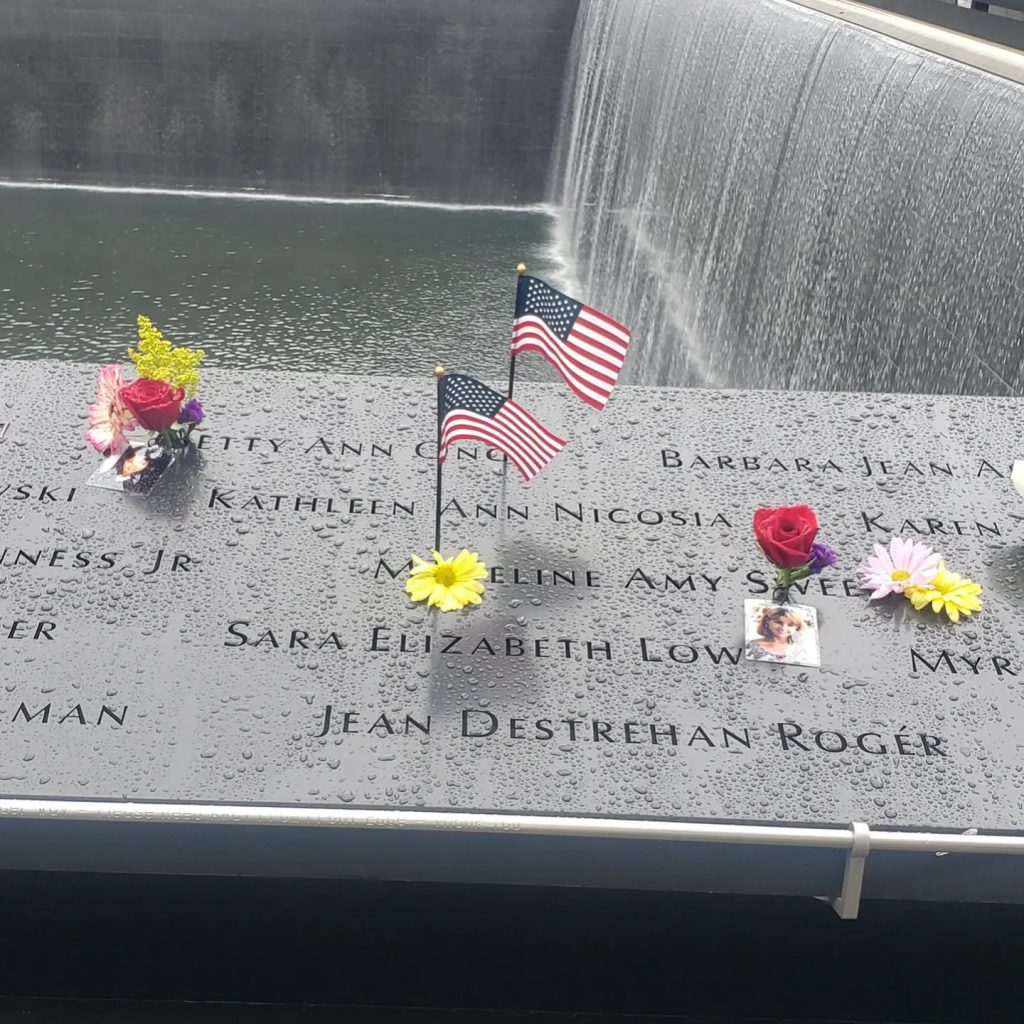
The subway is via PATH. Everything is literally right next to Hyatt Regency Jersey City on The Hudson. One way tickets on the subway are $2.75. Masks are required inside the subway areas and on all the trains. Unlike Texas where everyone would disregard that, everyone masks up inside subways and other places in Jersey City and NYC, and for good reason.
It’s strangely surreal, though. On the subways, I felt like I got the idea – the subways can be very crowded and it’s not like an airline that can have sanitizing ventilation sweeping through all the time, plus it’s in constant use – there is no respite on the subways.
But, once you get out on the streets on NYC, almost no one is wearing a mask, and in some places it’s even more crowded.
For example, when you walk anywhere around the several blocks near Times Square and Rockefeller Plaza, it’s wall-to-wall, shoulder-to-shoulder, A-to-B crowds by probably the tens of thousands. Everyone wants to see the Christmas Tree, Times Square, and other sites. If you haven’t been there, it’s like a huge mall and cityscape museum of sorts, and it draws crowds more than The Vatican or Louvre! It’s the insane amount of crowds you’d expect from seeing any TV or movie depicting NYC street level crowds. And, no one was wearing masks.
Your sense of reasoning and rationalizing the situation becomes askew and disjointed and you start to ask yourself questions. Fortunately, navigating Manhattan is relatively easy, so you shouldn’t have to worry about getting lost. Almost all streets run north and south or east and west, and rivers on both sides are north to south, so you should have your cardinal directions OK and your dead reckoning of major sites down even without a cell phone.
If you’d like to walk the streets on the surface from One WTC to Central Park, it’s 4.2 miles mostly along 6th/7th Ave, it will take about 90 minutes, and you’re going to practically brush shoulders with people most of the way. If you want to take the subway, it’s $2.75 one way, you’ll have to learn how to navigate that system and avoid scammers and kids wanting you to donate to their “school sports team”, and you’re likely on the 123/ABC which can be quite crowded. Subway travel time from One WTC area to Central Park is still going to be about 25 minutes.
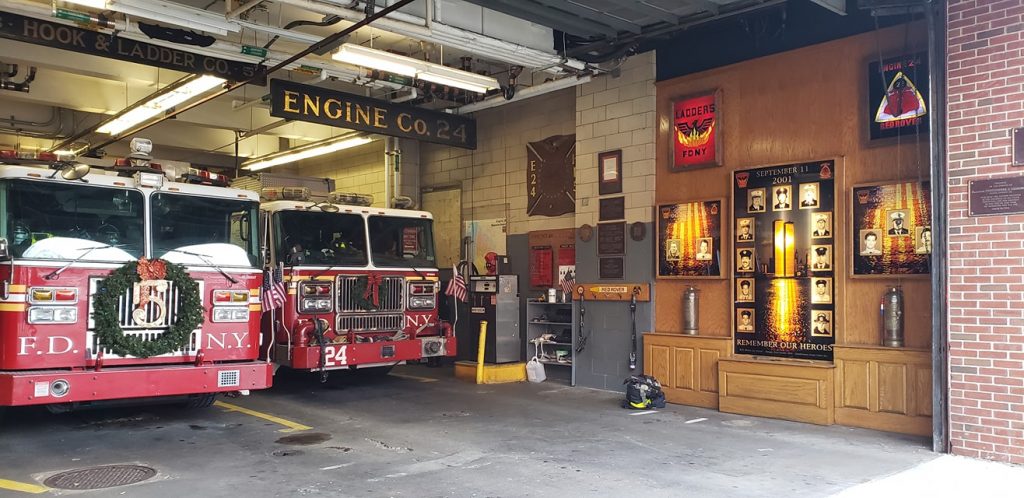
The crowds on the subway can be quite astonishing – like, standing room only; like, do I even want to try to get on this train? Once aboard, you’ll meet just about every Sesame Street character in real life, sober and otherwise. NYC has all kinds of mentally ill people just wandering around bothering folks all day, every day, everywhere. The more an outsider is in New York City, the more likely that person will probably just want to wear not only a mask, but a full bio-chemical protective suit all the time.

The whole area, even those “posher” financial center areas nearby One WTC, is disgusting. There’s trash all over the place piling up on the streets until the disposal trucks get around to hauling it off. Everywhere you go outside, you’re met with the numerous urban cesspool-like odors. NYC’s finest are masked up and directing traffic at intersections everywhere. People are rushing. People are honking. It’s just a disturbing chaotic buzz. I’ve visited Manhattan five times now and I can’t understand what makes people stay there.
If you’d like to retreat to some safe haven or boon to the weary traveler, most bars and restaurants check your photo ID along with both vaccination cards. This is the same for most stores near Times Square, and I don’t know for certain from experience this time, but I’d imagine all Broadway shows are checking ID and vax cards.
Ultimately, there’s the conundrum for me: Inside, you have to wear a mask or get ID’d and vax card checked. Outside it’s vastly more crowded and no one is wearing a mask. So, here we go, walking several miles in the Manhattan area. And, when I walk like this I like to keep a pace, a pace count for a rough understanding of my distance, and I like to walk-workout breath, taking in longer deeper breaths.
We departed the ferry on the Manhattan side and my wife and her daughter ice skated while waiting for friends from upstate. Once the friends arrived and I met them all and we chatted a bit, we started walking from One WTC towards Central Park. Shortly after starting our walk I started getting into my hiking rhythm and my breathing was a bit deeper and slower and it hit me – there ain’t no way I’m not catching COVID like this, even if I’m wearing a mask. We tried to keep as much social distance as possible from the denizens of the deep, but to no avail.
Getting Home Safe
A few days later after getting hom safe to Dallas, I felt like I had sniffles and sneezes, and I tested positive for COVID.

For those who haven’t experienced the rapid testing yet (I had not until this moment), they stick a long q-tip looking swab about three or more full inches up your nostril and for me it’s very uncomfortable. They then use a solution and a testing card process, and lines appear (or do not appear) very much like a pregnancy test. It’s like you’re waiting to see if you killed the rabbit.
For the “rapid” test, one can get results sometimes within about three minutes. My first test took less than two minutes for there to be two solid lines and my wife said, “Wow! You’re definitely positive and that’s the fastest I’ve seen it come back so clear!” I re-tested negative less than one week later and I never felt like I had more than a bit of a stuffy sinus issue, so we’re pretty skeptical about the accuracy of the rapid test.
Through COVID so far, my wife and I have travelled to Las Vegas (twice for me); Tulsa, OK; Joplin, MO; Biloxi, MS and Orange Beach, FL; and Miami and Key West, FL, and we’ve never gotten sick. And, for the most part, most folks in all those areas have not been wearing masks from the beginning.
But, now, after one trip to NYC almost two years into a seemingly waning pandemic, I tested positive. THIS opened up a whole myriad of other concerns, the anxiety of which you can’t escape. Where did I get it – from whom? Who else may I have exposed? Now, I’ve got to quarantine from work for probably 2 weeks. Are my wife and her daughter OK? The daughter had already returned to her home and visited our grand-children! These thoughts all kept me awake at night.
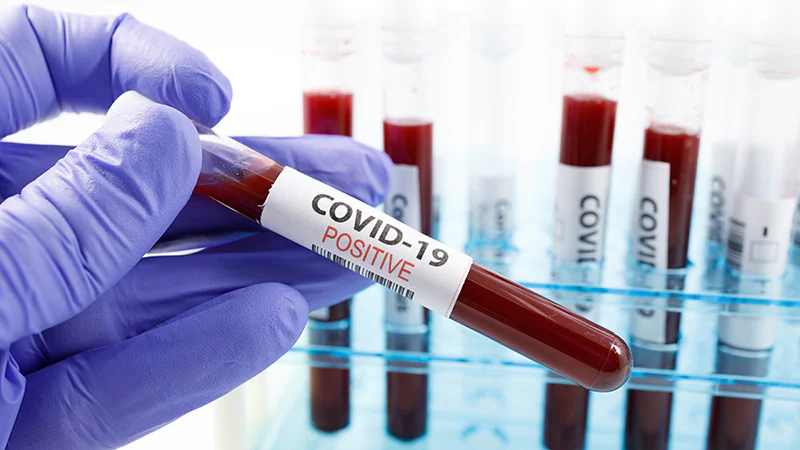
My wife and her daughter tested negative, thank God! My sniffles grew to feeling a bit more like a full head cold the next day. But, ultimately, I was feeling better within about 72 hours of testing positive. As previously noted, we remain skeptical.
Ed (aka Wilksie) @genxtalkin

